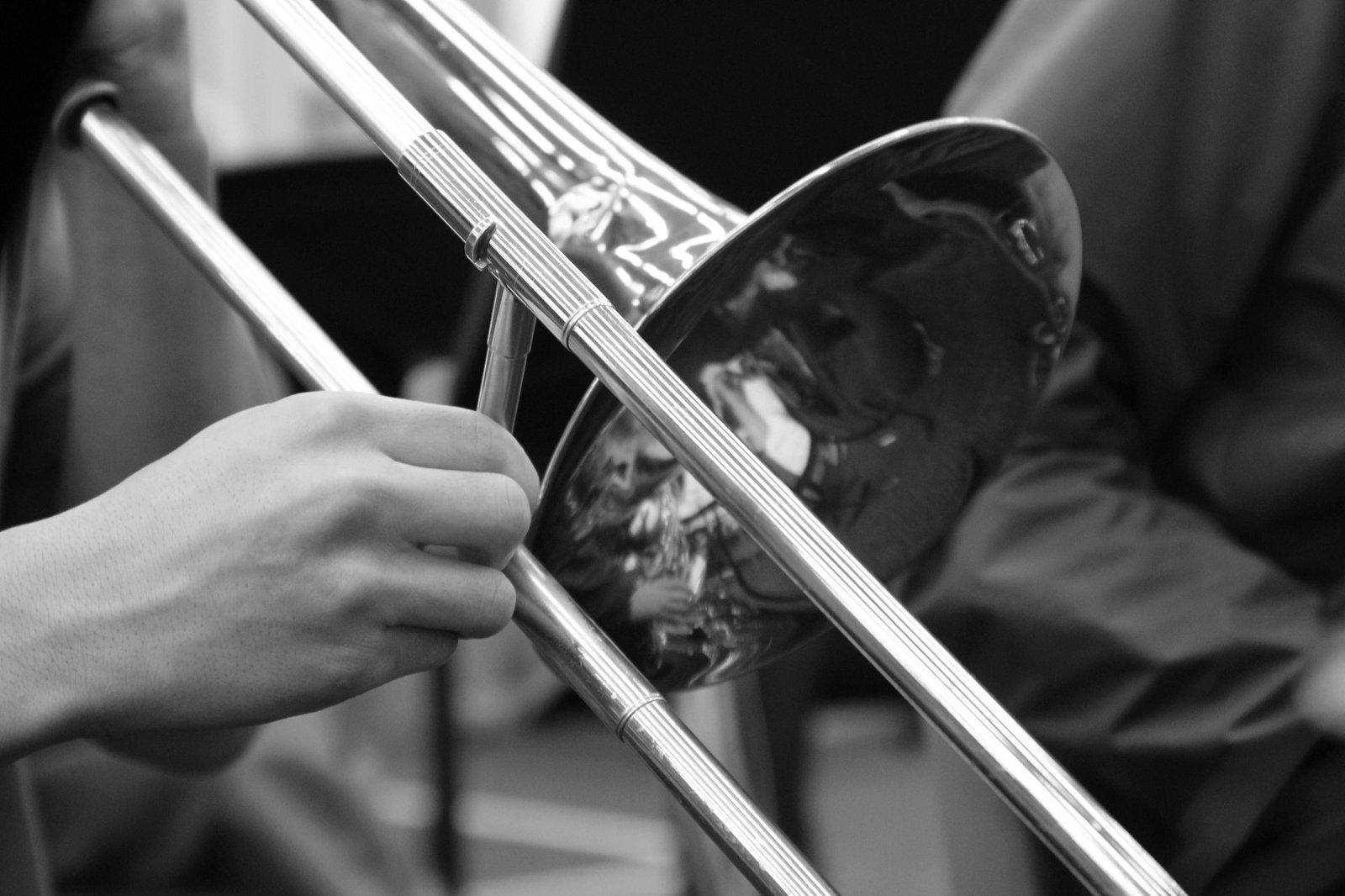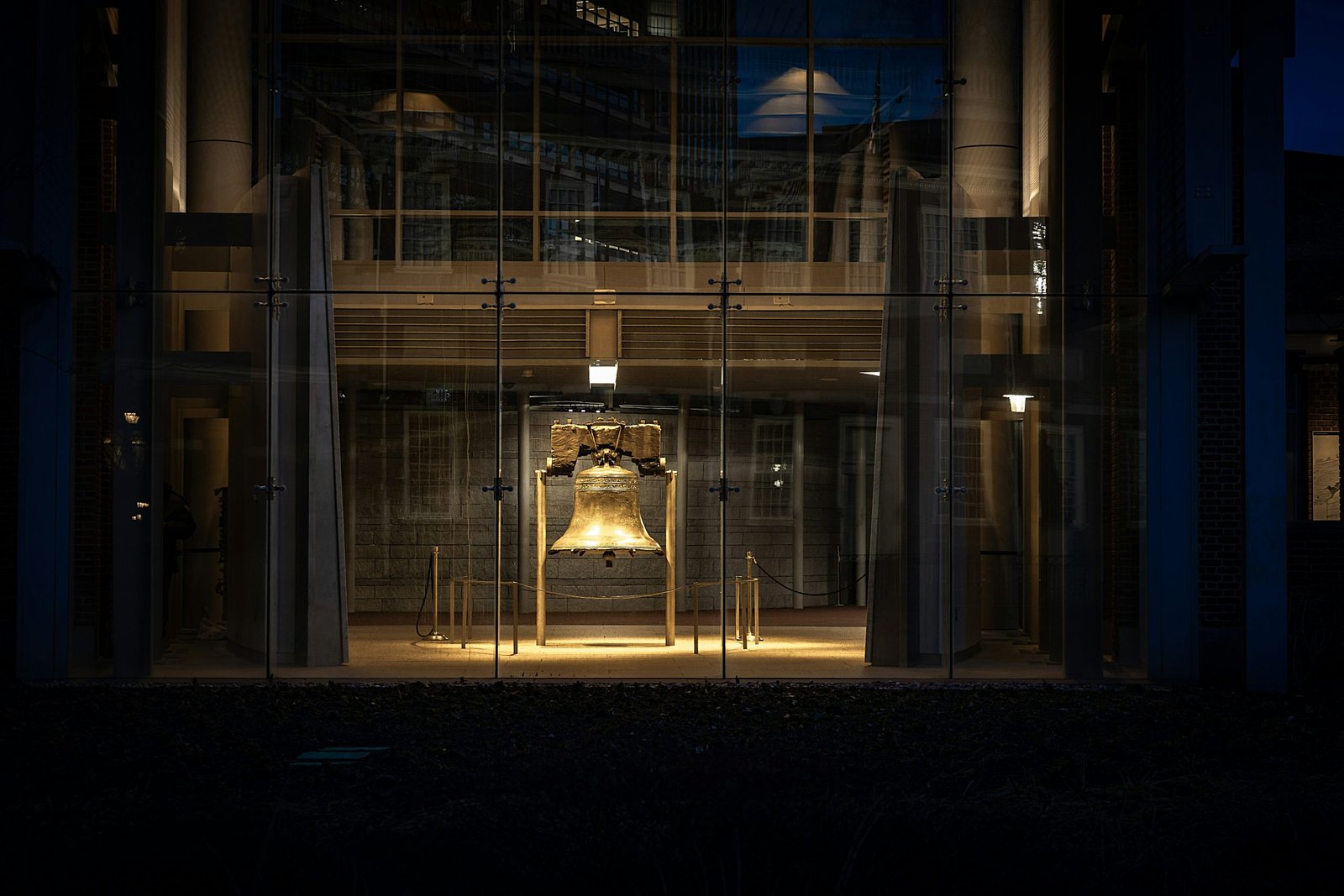Organum, a form of vocal harmony, has its roots in the Gregorian chants of the Catholic Church during the Middle Ages. While the exact origins of organum are uncertain, historical records trace its existence back to as early as 895 A.D. in a treatise called Musica enchiriadis. This treatise, whose authorship remains unclear, is credited as one of the earliest attempts to establish rules for polyphony.
Initially, organum was not intended as the polyphony we know today. Instead, it served as harmonic support for plainchants performed during the High Feast in the Catholic Church. The second accompanying voice in organum was meant to enhance the worshipful qualities of the plainchants.
The formalization of organum came about in the 11th and 12th centuries through the efforts of the Notre Dame of Paris School and two composers, Léonin and Pérotin. They further developed organum and solidified its place in musical history. The Musica enchiriadis, along with other treatises such as the Scolica and the Bamberg Dialogues, provided methods for teaching and describing organum.
The evolution of polyphony and organum parallels the development of sacred architecture. As cathedrals became more complex, so did the forms of polyphony. The addition of harmonies in organum magnified the splendor and solemnity of the liturgy, creating a vertical and harmonic expansion of dimension.
While the exact timeline and developments of polyphony and organum may not always be clear, the significance of these treatises in shaping the practice of organum cannot be underestimated. Organum has played a crucial role in the history of music, and its roots in the Gregorian chants of the Middle Ages continue to influence and inspire musicians today.





